Quercetin
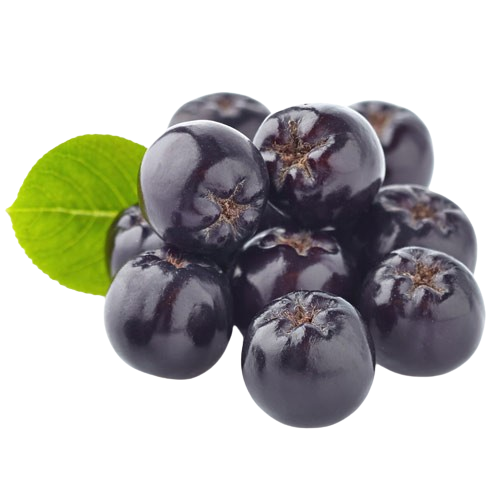
Where can we find Quercetin?
Quercetin is commonly found in a variety of fruits such as oranges, lemons, limes, apples, berries, and cherries. It is also present in onions, tomatoes, broccoli, grapes, green tea, capers, oregano and nuts.
Quercetin in VANA products
Quercetin in VANA products is derived from aronia and tart cherry juice fortified with aronia and tart cherry extract.
Quercetin increases insulin sensitivity, supports liver function, and improves the use of glucose for energy, benefiting metabolic health. Additionally, it works as an efficient neuroprotective stimulant, enhancing cognitive performance. Quercetin exhibits cardioprotective effects, positively impacting conditions like hypertension, atherosclerosis, and dyslipidemia. It also addresses seasonal allergies and associated symptoms such as sneezing, runny nose, itching, and swelling. This polyphenol possesses antiviral properties, potentially inhibiting the replication of certain viruses, contributing to immune defense.

What is the main function of polyphenols?
Polyphenols are the bioactive compounds that shield your body from oxidative stress, diseases, and inflammation. Their main purpose lies in their powerful antioxidant and anti-inflammatory effects. As well as providing protection, polyphenols have a notable role in cellular renewal and rejuvenation.
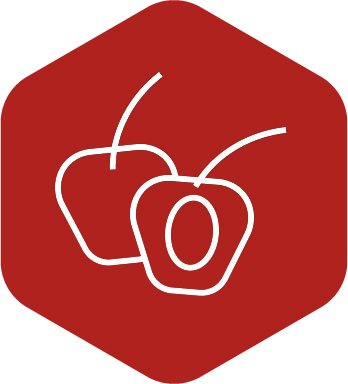
What foods are high in polyphenols?
The spectrum of these valuable compounds can be discovered in diverse fruits, vegetables, and even beverages, such as wine, tea, or berry juices. Berries, known for their vibrant hues, are the number one source of polyphenols. Other than that, apples, grapes, red cabbage, broccoli, onions, and many other foods are also prominent natural sources of polyphenols.
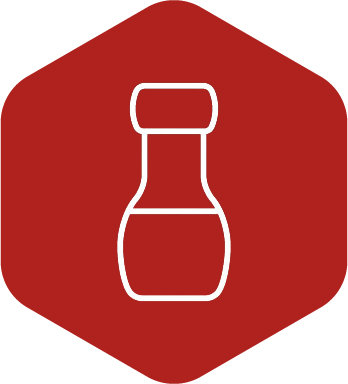
Is turmeric a polyphenol?
Yes, turmeric is indeed a gold mine of polyphenols. The primary polyphenol present in turmeric is curcumin, which is renowned for its impressive antioxidant and anti-inflammatory properties. Curcumin's potential to promote joint health and cognitive function is only one of the many health advantages that have been investigated.
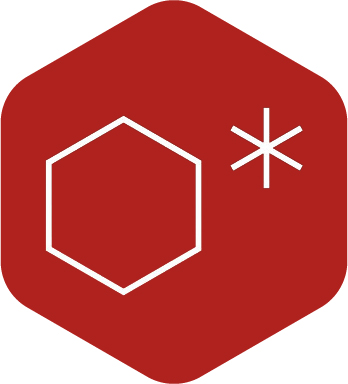
Antioxidants VS Polyphenols
Antioxidants are a broad class of molecules that counteract harmful free radicals in the body and prevent cellular damage. Polyphenols, on the other hand, are a specific group of antioxidants found in plants, known for their diverse structures and roles in the human body. While all polyphenols are antioxidants, not all antioxidants are polyphenols.

Are polyphenols anti-aging?
Polyphenols have shown promising anti-aging properties due to their ability to combat oxidative stress - a key contributor to aging. They have been linked to promoting cellular health, supporting collagen production, and mitigating inflammation, all of which may slow the aging process.

Is beetroot a polyphenol?
Beetroot contains several polyphenolic compounds, such as flavonoids and phenolic acids. The specific compounds found in beetroot are the natural pigments betalains, which are responsible for its deep red hue. Betalains are good electron donors with antioxidant properties.
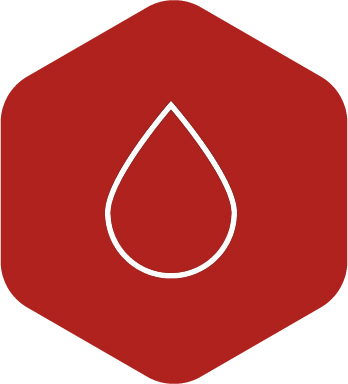
Are polyphenols good for skin?
Absolutely, polyphenols achieve remarkable effects on skin health. It is impossible not to mention the strong influence of resveratrol on collagen production in the skin. This ability makes it a valuable factor in rejuvenating and preserving skin vitality. Various polyphenols have also shown great efficacy against different types of skin diseases.

Do polyphenols reduce fat?
A number of polyphenols, among them resveratrol, have shown potential for fat reduction. Studies findings suggest that these astounding compounds can enhance fat metabolism and promote the utilization of stored fat for energy. Additionally, polyphenols may regulate appetite hormones, leading to reduced calorie intake and easier weight control.